Psychology and Human Development (lecture 5) Lecture 5.
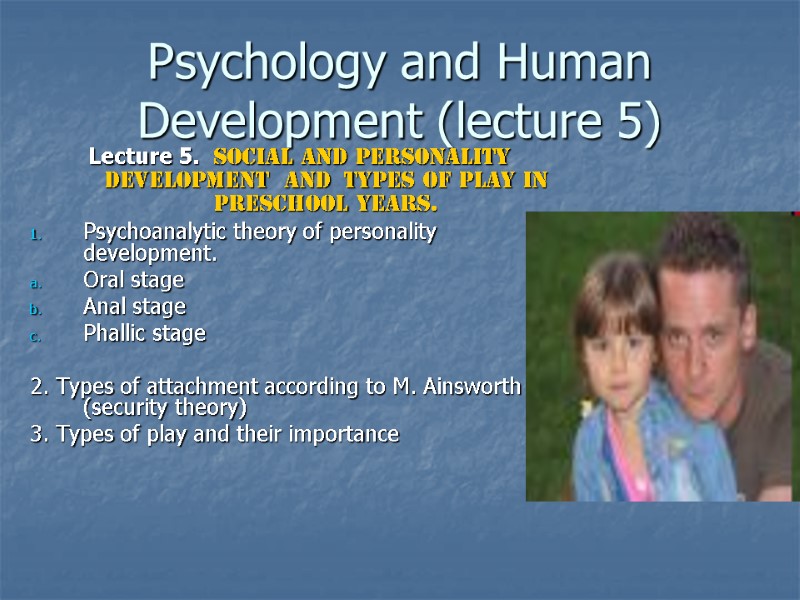
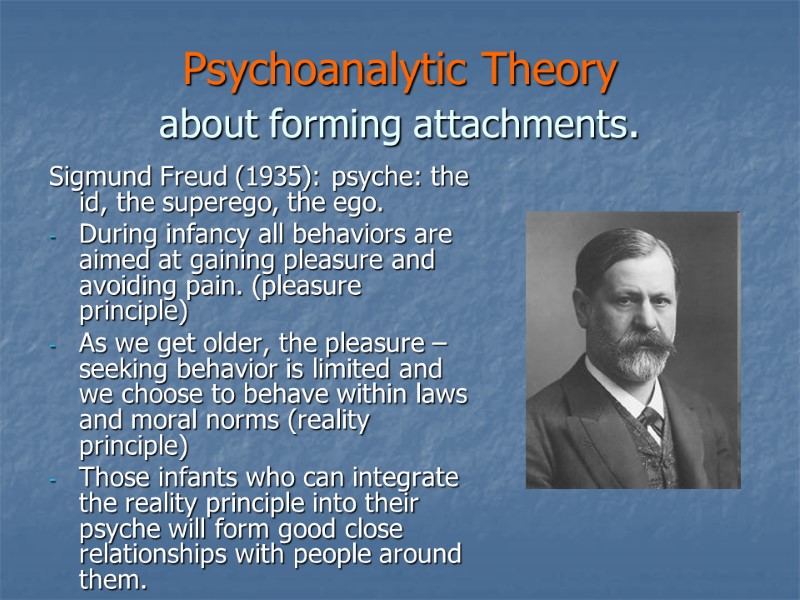
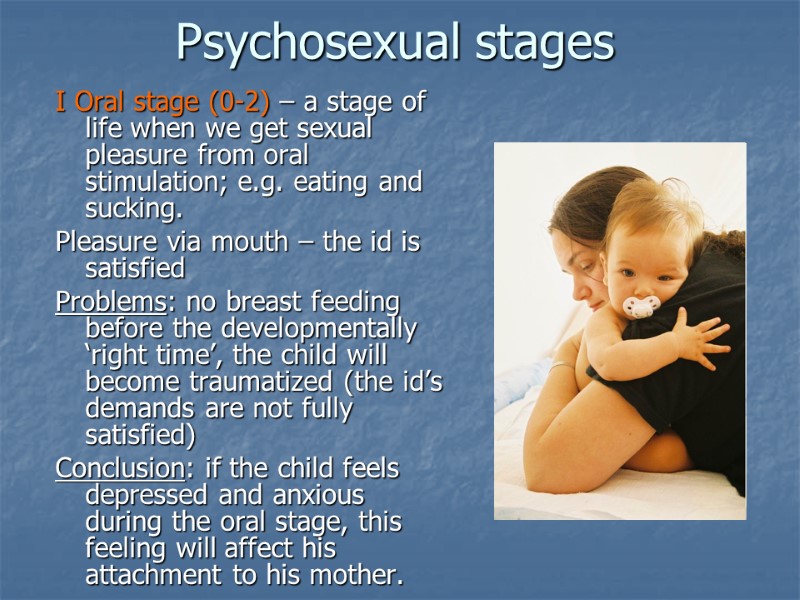
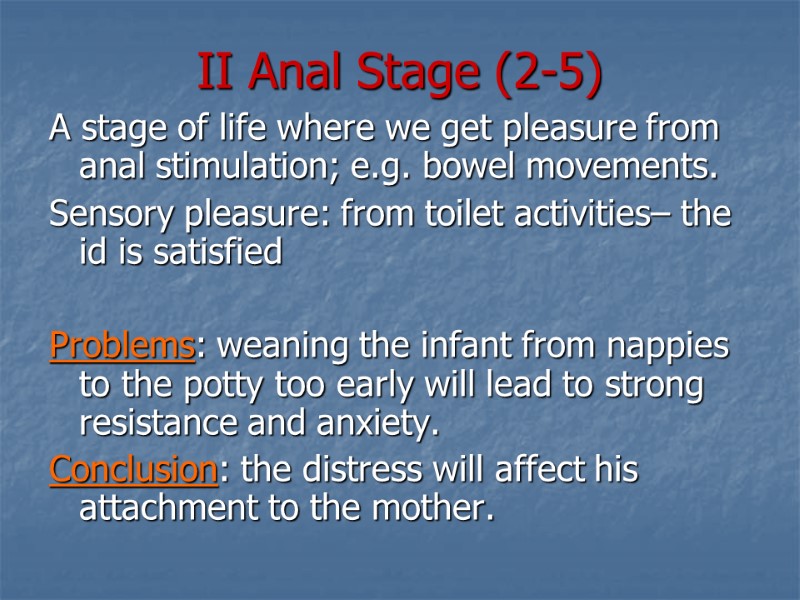
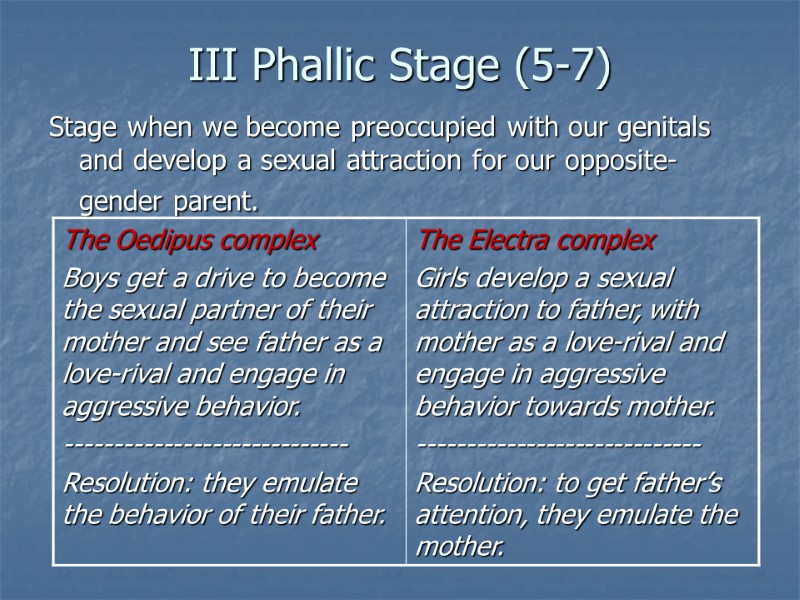
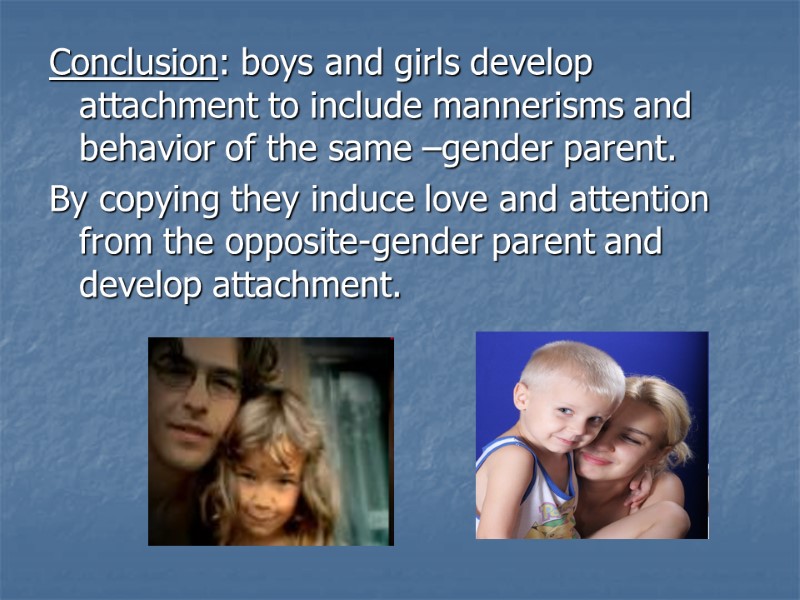

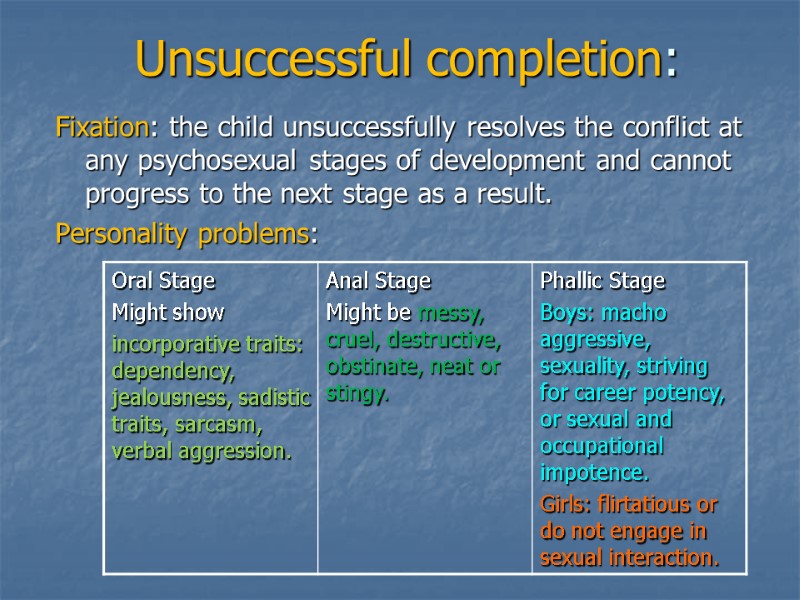
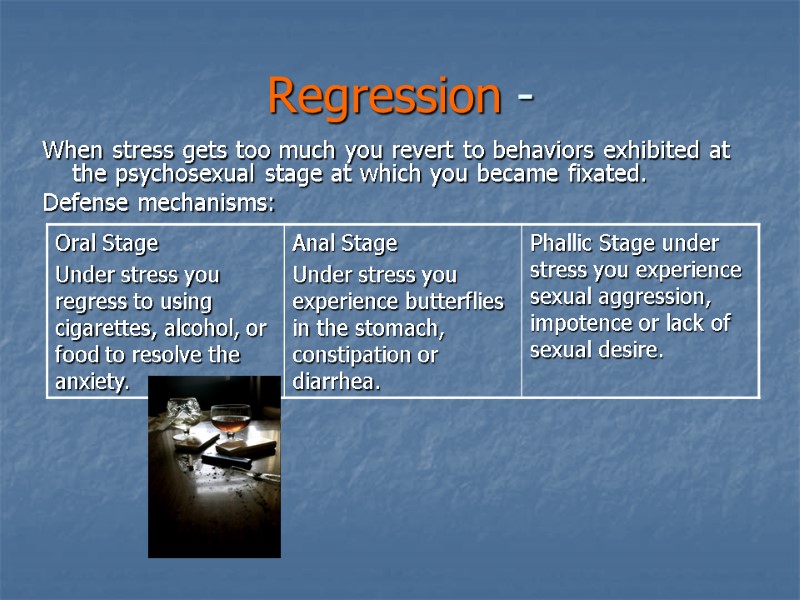
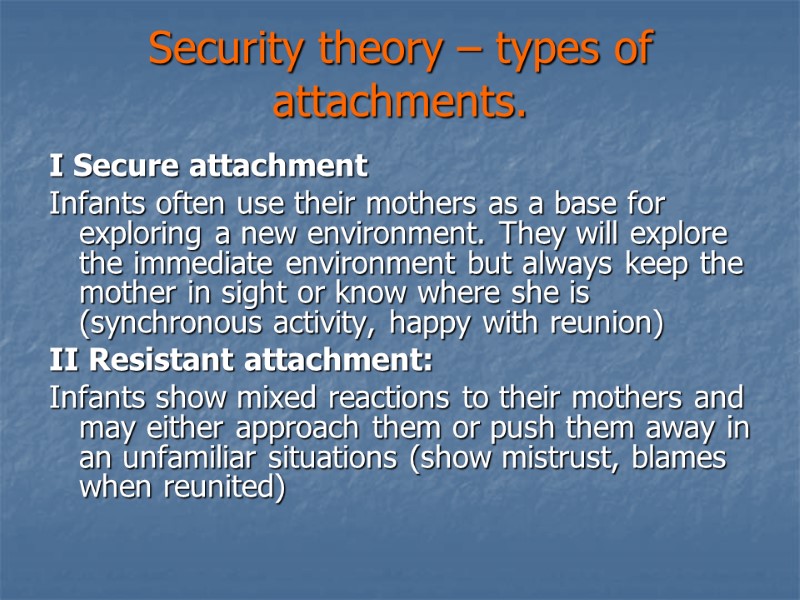
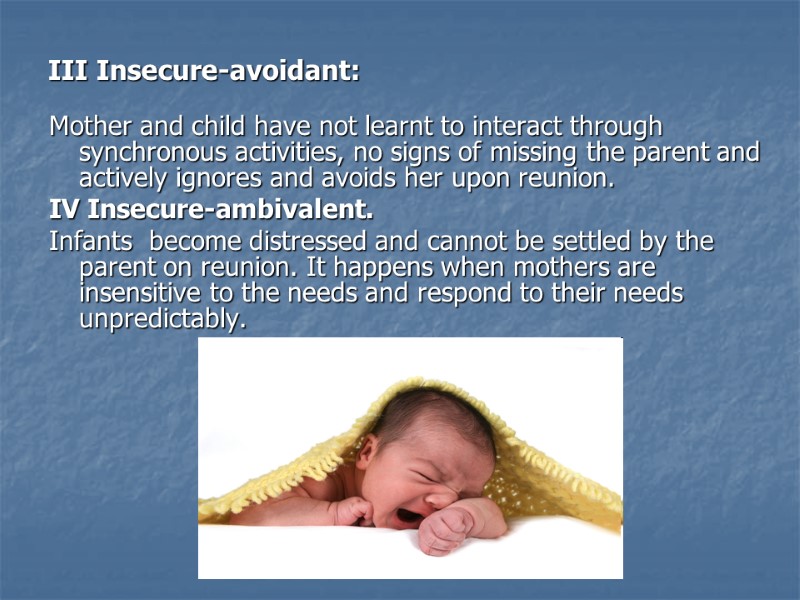
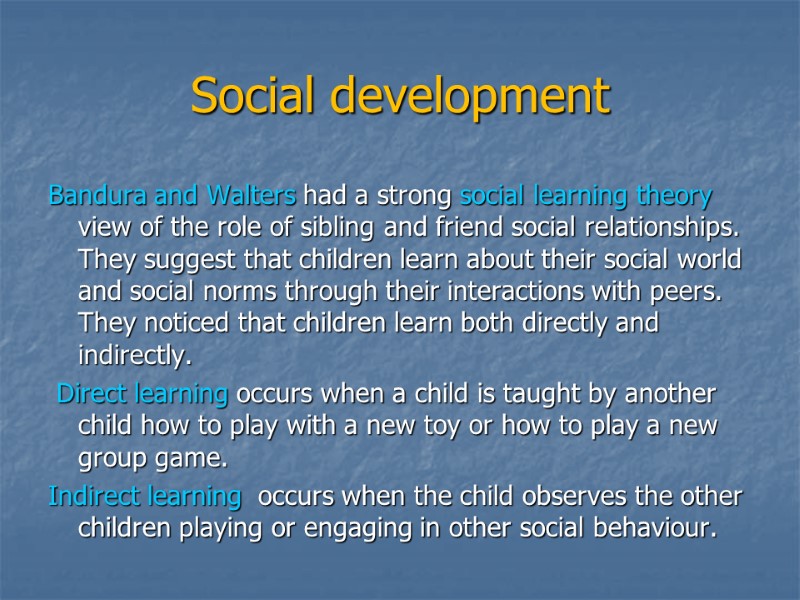
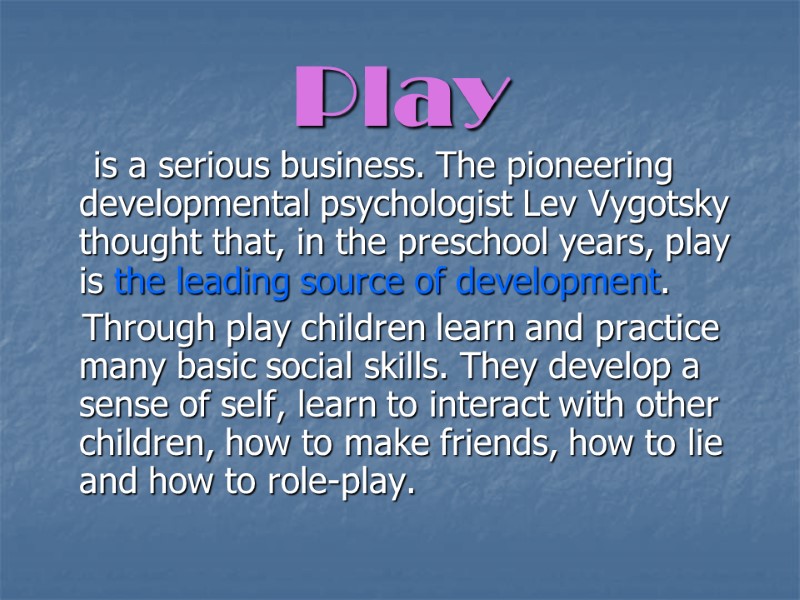
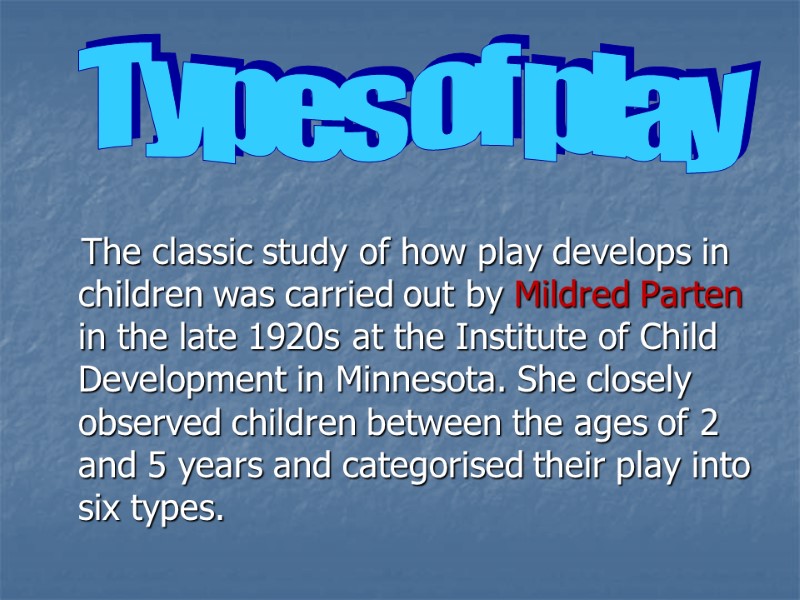
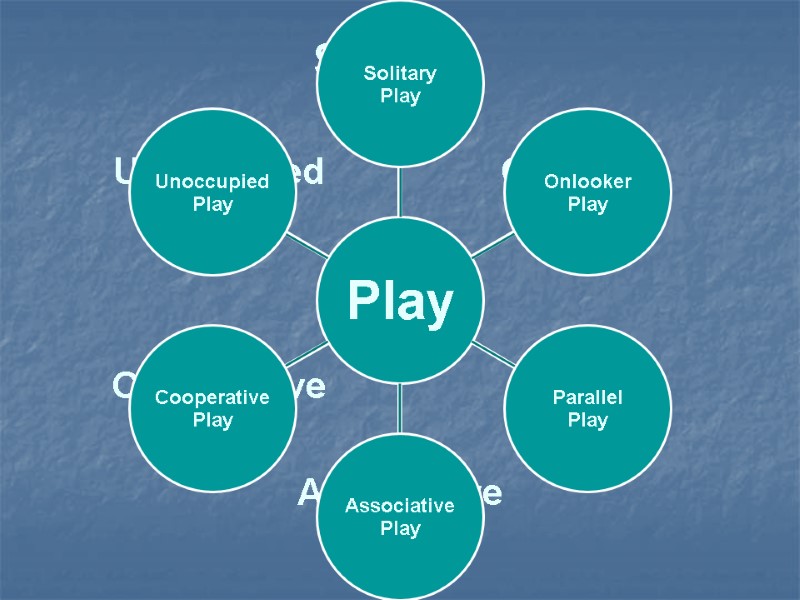
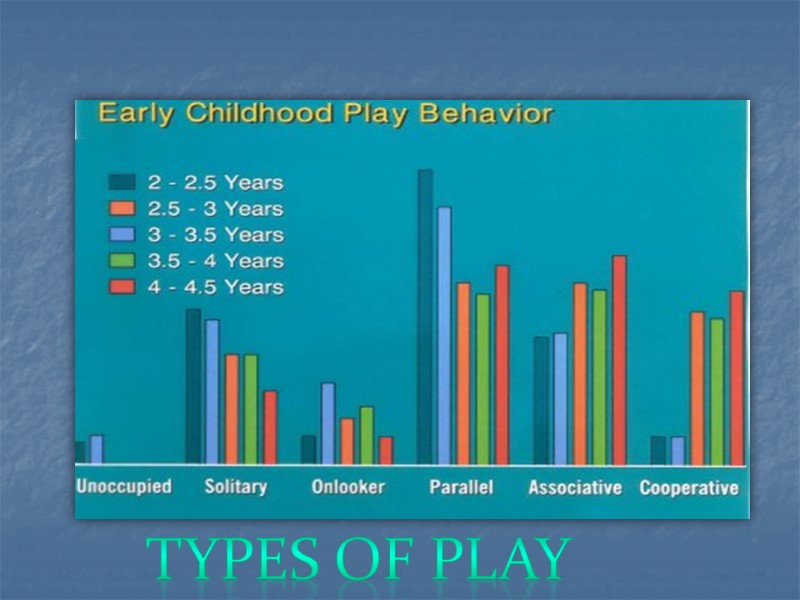
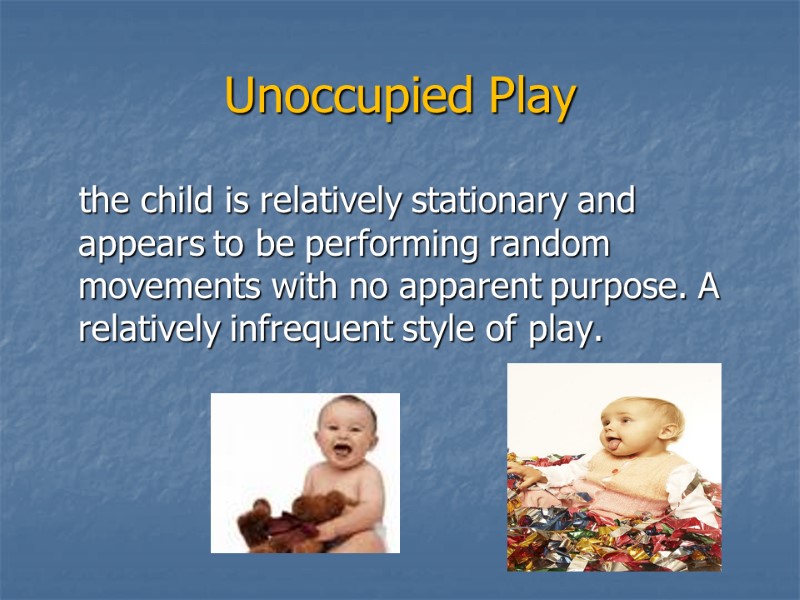
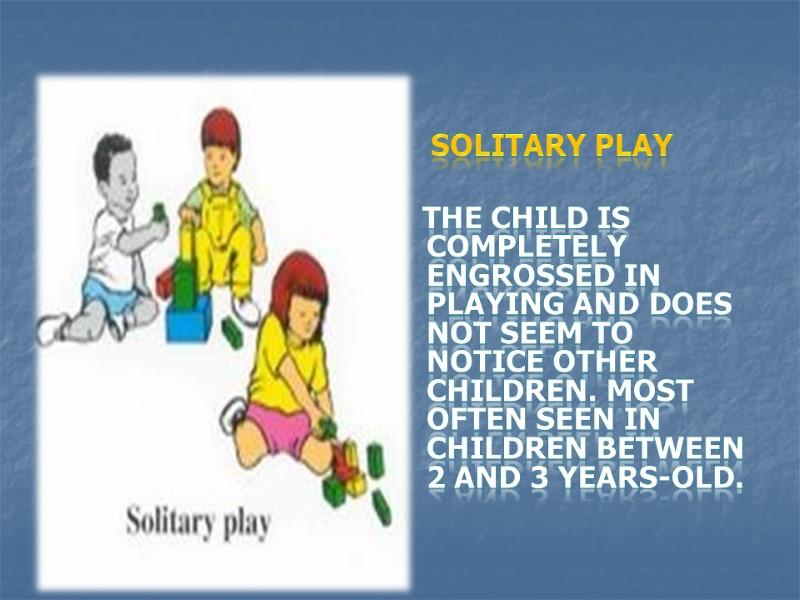
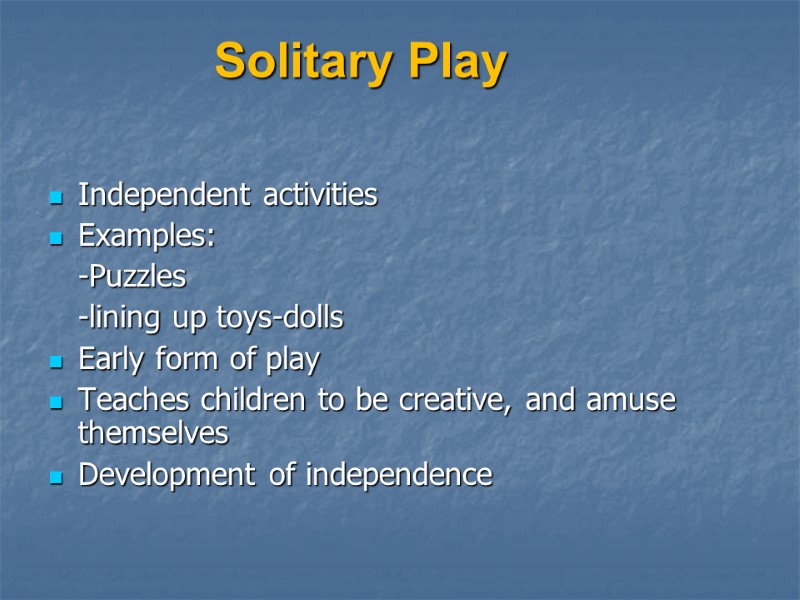
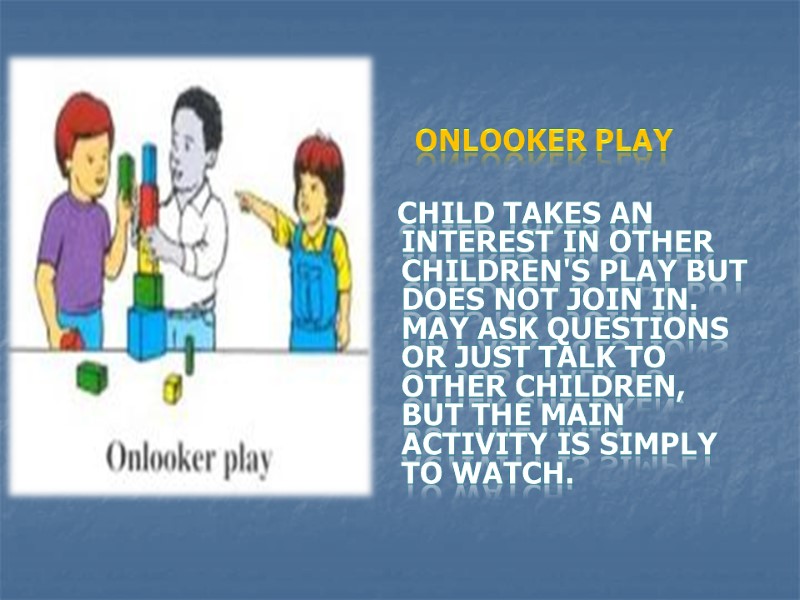
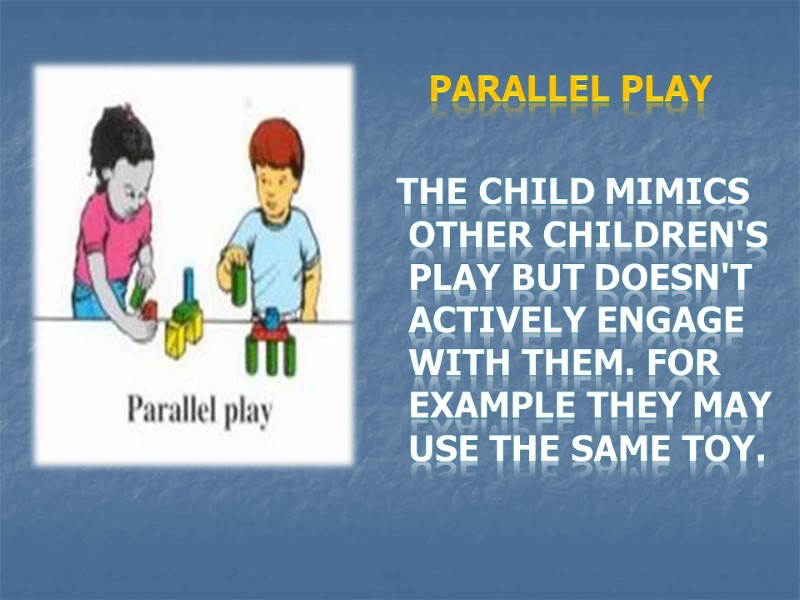
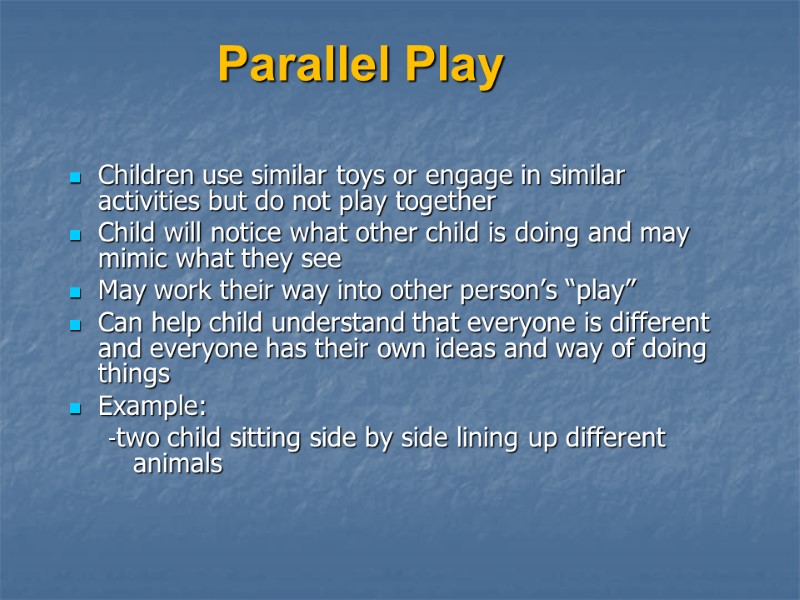
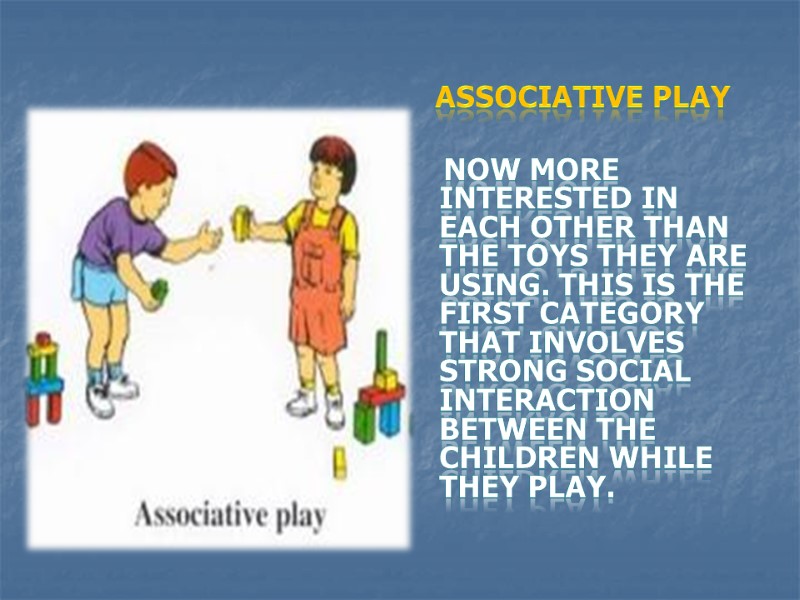
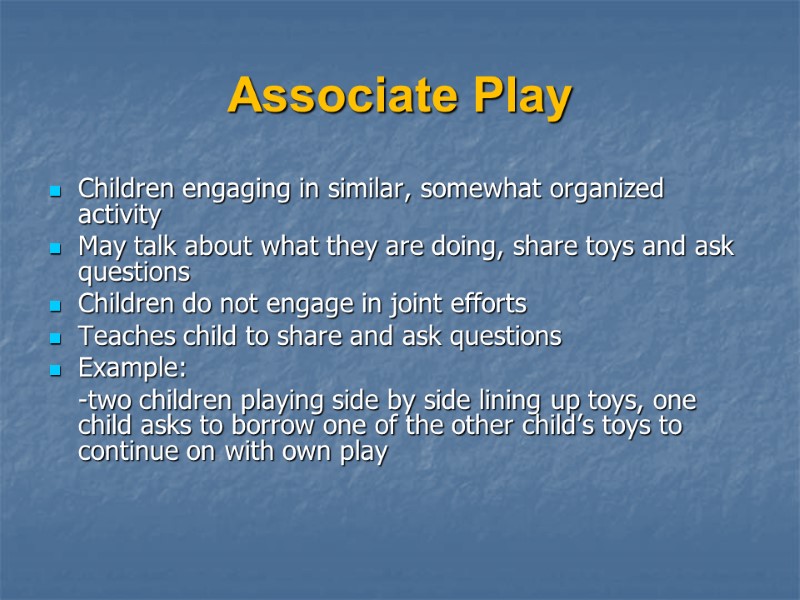
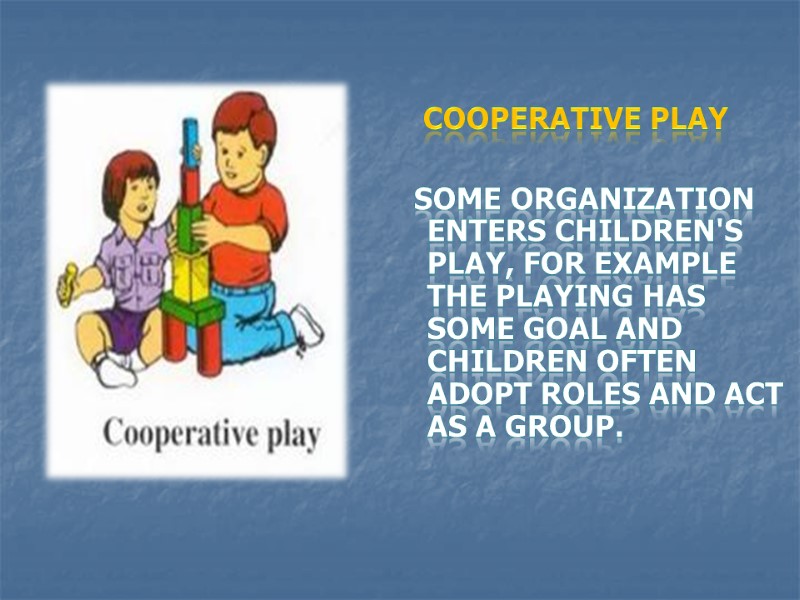
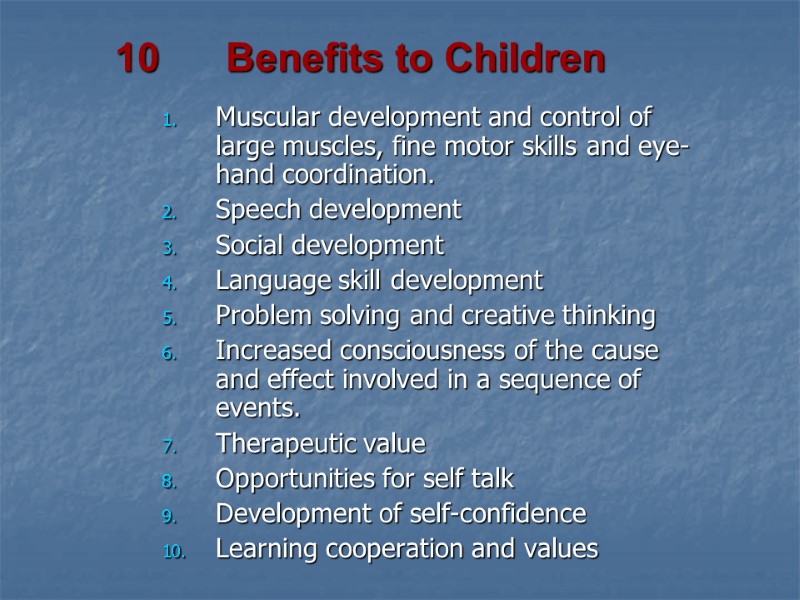
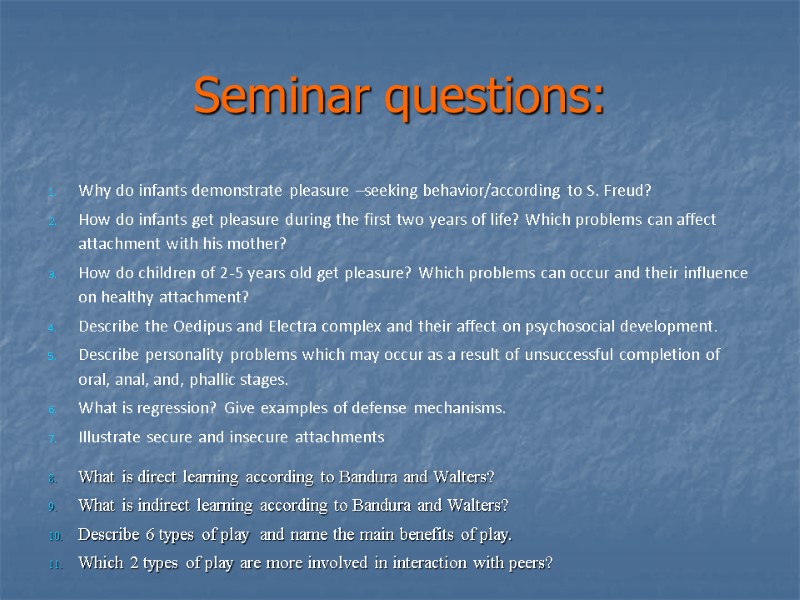
16870-human_development_lecture_5.ppt
- Количество слайдов: 27
 Psychology and Human Development (lecture 5) Lecture 5. Social and Personality Development and types of play in preschool years. Psychoanalytic theory of personality development. Oral stage Anal stage Phallic stage 2. Types of attachment according to M. Ainsworth (security theory) 3. Types of play and their importance
Psychology and Human Development (lecture 5) Lecture 5. Social and Personality Development and types of play in preschool years. Psychoanalytic theory of personality development. Oral stage Anal stage Phallic stage 2. Types of attachment according to M. Ainsworth (security theory) 3. Types of play and their importance
 Psychoanalytic Theory about forming attachments. Sigmund Freud (1935): psyche: the id, the superego, the ego. During infancy all behaviors are aimed at gaining pleasure and avoiding pain. (pleasure principle) As we get older, the pleasure –seeking behavior is limited and we choose to behave within laws and moral norms (reality principle) Those infants who can integrate the reality principle into their psyche will form good close relationships with people around them.
Psychoanalytic Theory about forming attachments. Sigmund Freud (1935): psyche: the id, the superego, the ego. During infancy all behaviors are aimed at gaining pleasure and avoiding pain. (pleasure principle) As we get older, the pleasure –seeking behavior is limited and we choose to behave within laws and moral norms (reality principle) Those infants who can integrate the reality principle into their psyche will form good close relationships with people around them.
 Psychosexual stages I Oral stage (0-2) – a stage of life when we get sexual pleasure from oral stimulation; e.g. eating and sucking. Pleasure via mouth – the id is satisfied Problems: no breast feeding before the developmentally ‘right time’, the child will become traumatized (the id’s demands are not fully satisfied) Conclusion: if the child feels depressed and anxious during the oral stage, this feeling will affect his attachment to his mother.
Psychosexual stages I Oral stage (0-2) – a stage of life when we get sexual pleasure from oral stimulation; e.g. eating and sucking. Pleasure via mouth – the id is satisfied Problems: no breast feeding before the developmentally ‘right time’, the child will become traumatized (the id’s demands are not fully satisfied) Conclusion: if the child feels depressed and anxious during the oral stage, this feeling will affect his attachment to his mother.
 II Anal Stage (2-5) A stage of life where we get pleasure from anal stimulation; e.g. bowel movements. Sensory pleasure: from toilet activities– the id is satisfied Problems: weaning the infant from nappies to the potty too early will lead to strong resistance and anxiety. Conclusion: the distress will affect his attachment to the mother.
II Anal Stage (2-5) A stage of life where we get pleasure from anal stimulation; e.g. bowel movements. Sensory pleasure: from toilet activities– the id is satisfied Problems: weaning the infant from nappies to the potty too early will lead to strong resistance and anxiety. Conclusion: the distress will affect his attachment to the mother.
 III Phallic Stage (5-7) Stage when we become preoccupied with our genitals and develop a sexual attraction for our opposite-gender parent.
III Phallic Stage (5-7) Stage when we become preoccupied with our genitals and develop a sexual attraction for our opposite-gender parent.
 Conclusion: boys and girls develop attachment to include mannerisms and behavior of the same –gender parent. By copying they induce love and attention from the opposite-gender parent and develop attachment.
Conclusion: boys and girls develop attachment to include mannerisms and behavior of the same –gender parent. By copying they induce love and attention from the opposite-gender parent and develop attachment.
 Successful completion of oral, anal, and phallic stages leads to strong attachment to both parents and as they get older, they will form healthy, strong attachments in adult life.
Successful completion of oral, anal, and phallic stages leads to strong attachment to both parents and as they get older, they will form healthy, strong attachments in adult life.
 Unsuccessful completion: Fixation: the child unsuccessfully resolves the conflict at any psychosexual stages of development and cannot progress to the next stage as a result. Personality problems:
Unsuccessful completion: Fixation: the child unsuccessfully resolves the conflict at any psychosexual stages of development and cannot progress to the next stage as a result. Personality problems:
 Regression - When stress gets too much you revert to behaviors exhibited at the psychosexual stage at which you became fixated. Defense mechanisms:
Regression - When stress gets too much you revert to behaviors exhibited at the psychosexual stage at which you became fixated. Defense mechanisms:
 Security theory – types of attachments. I Secure attachment Infants often use their mothers as a base for exploring a new environment. They will explore the immediate environment but always keep the mother in sight or know where she is (synchronous activity, happy with reunion) II Resistant attachment: Infants show mixed reactions to their mothers and may either approach them or push them away in an unfamiliar situations (show mistrust, blames when reunited)
Security theory – types of attachments. I Secure attachment Infants often use their mothers as a base for exploring a new environment. They will explore the immediate environment but always keep the mother in sight or know where she is (synchronous activity, happy with reunion) II Resistant attachment: Infants show mixed reactions to their mothers and may either approach them or push them away in an unfamiliar situations (show mistrust, blames when reunited)
 III Insecure-avoidant: Mother and child have not learnt to interact through synchronous activities, no signs of missing the parent and actively ignores and avoids her upon reunion. IV Insecure-ambivalent. Infants become distressed and cannot be settled by the parent on reunion. It happens when mothers are insensitive to the needs and respond to their needs unpredictably.
III Insecure-avoidant: Mother and child have not learnt to interact through synchronous activities, no signs of missing the parent and actively ignores and avoids her upon reunion. IV Insecure-ambivalent. Infants become distressed and cannot be settled by the parent on reunion. It happens when mothers are insensitive to the needs and respond to their needs unpredictably.
 Social development Bandura and Walters had a strong social learning theory view of the role of sibling and friend social relationships. They suggest that children learn about their social world and social norms through their interactions with peers. They noticed that children learn both directly and indirectly. Direct learning occurs when a child is taught by another child how to play with a new toy or how to play a new group game. Indirect learning occurs when the child observes the other children playing or engaging in other social behaviour.
Social development Bandura and Walters had a strong social learning theory view of the role of sibling and friend social relationships. They suggest that children learn about their social world and social norms through their interactions with peers. They noticed that children learn both directly and indirectly. Direct learning occurs when a child is taught by another child how to play with a new toy or how to play a new group game. Indirect learning occurs when the child observes the other children playing or engaging in other social behaviour.
 Play is a serious business. The pioneering developmental psychologist Lev Vygotsky thought that, in the preschool years, play is the leading source of development. Through play children learn and practice many basic social skills. They develop a sense of self, learn to interact with other children, how to make friends, how to lie and how to role-play.
Play is a serious business. The pioneering developmental psychologist Lev Vygotsky thought that, in the preschool years, play is the leading source of development. Through play children learn and practice many basic social skills. They develop a sense of self, learn to interact with other children, how to make friends, how to lie and how to role-play.
 The classic study of how play develops in children was carried out by Mildred Parten in the late 1920s at the Institute of Child Development in Minnesota. She closely observed children between the ages of 2 and 5 years and categorised their play into six types. Types of play
The classic study of how play develops in children was carried out by Mildred Parten in the late 1920s at the Institute of Child Development in Minnesota. She closely observed children between the ages of 2 and 5 years and categorised their play into six types. Types of play

 Types of play
Types of play
 Unoccupied Play the child is relatively stationary and appears to be performing random movements with no apparent purpose. A relatively infrequent style of play.
Unoccupied Play the child is relatively stationary and appears to be performing random movements with no apparent purpose. A relatively infrequent style of play.
 Solitary play the child is completely engrossed in playing and does not seem to notice other children. Most often seen in children between 2 and 3 years-old.
Solitary play the child is completely engrossed in playing and does not seem to notice other children. Most often seen in children between 2 and 3 years-old.
 Solitary Play Independent activities Examples: -Puzzles -lining up toys-dolls Early form of play Teaches children to be creative, and amuse themselves Development of independence
Solitary Play Independent activities Examples: -Puzzles -lining up toys-dolls Early form of play Teaches children to be creative, and amuse themselves Development of independence
 Onlooker play child takes an interest in other children's play but does not join in. May ask questions or just talk to other children, but the main activity is simply to watch.
Onlooker play child takes an interest in other children's play but does not join in. May ask questions or just talk to other children, but the main activity is simply to watch.
 Parallel play the child mimics other children's play but doesn't actively engage with them. For example they may use the same toy.
Parallel play the child mimics other children's play but doesn't actively engage with them. For example they may use the same toy.
 Parallel Play Children use similar toys or engage in similar activities but do not play together Child will notice what other child is doing and may mimic what they see May work their way into other person’s “play” Can help child understand that everyone is different and everyone has their own ideas and way of doing things Example: -two child sitting side by side lining up different animals
Parallel Play Children use similar toys or engage in similar activities but do not play together Child will notice what other child is doing and may mimic what they see May work their way into other person’s “play” Can help child understand that everyone is different and everyone has their own ideas and way of doing things Example: -two child sitting side by side lining up different animals
 Associative play now more interested in each other than the toys they are using. This is the first category that involves strong social interaction between the children while they play.
Associative play now more interested in each other than the toys they are using. This is the first category that involves strong social interaction between the children while they play.
 Associate Play Children engaging in similar, somewhat organized activity May talk about what they are doing, share toys and ask questions Children do not engage in joint efforts Teaches child to share and ask questions Example: -two children playing side by side lining up toys, one child asks to borrow one of the other child’s toys to continue on with own play
Associate Play Children engaging in similar, somewhat organized activity May talk about what they are doing, share toys and ask questions Children do not engage in joint efforts Teaches child to share and ask questions Example: -two children playing side by side lining up toys, one child asks to borrow one of the other child’s toys to continue on with own play
 Cooperative play some organization enters children's play, for example the playing has some goal and children often adopt roles and act as a group.
Cooperative play some organization enters children's play, for example the playing has some goal and children often adopt roles and act as a group.
 10 Benefits to Children Muscular development and control of large muscles, fine motor skills and eye-hand coordination. Speech development Social development Language skill development Problem solving and creative thinking Increased consciousness of the cause and effect involved in a sequence of events. Therapeutic value Opportunities for self talk Development of self-confidence Learning cooperation and values
10 Benefits to Children Muscular development and control of large muscles, fine motor skills and eye-hand coordination. Speech development Social development Language skill development Problem solving and creative thinking Increased consciousness of the cause and effect involved in a sequence of events. Therapeutic value Opportunities for self talk Development of self-confidence Learning cooperation and values
 Seminar questions: Why do infants demonstrate pleasure –seeking behavior/according to S. Freud? How do infants get pleasure during the first two years of life? Which problems can affect attachment with his mother? How do children of 2-5 years old get pleasure? Which problems can occur and their influence on healthy attachment? Describe the Oedipus and Electra complex and their affect on psychosocial development. Describe personality problems which may occur as a result of unsuccessful completion of oral, anal, and, phallic stages. What is regression? Give examples of defense mechanisms. Illustrate secure and insecure attachments What is direct learning according to Bandura and Walters? What is indirect learning according to Bandura and Walters? Describe 6 types of play and name the main benefits of play. Which 2 types of play are more involved in interaction with peers?
Seminar questions: Why do infants demonstrate pleasure –seeking behavior/according to S. Freud? How do infants get pleasure during the first two years of life? Which problems can affect attachment with his mother? How do children of 2-5 years old get pleasure? Which problems can occur and their influence on healthy attachment? Describe the Oedipus and Electra complex and their affect on psychosocial development. Describe personality problems which may occur as a result of unsuccessful completion of oral, anal, and, phallic stages. What is regression? Give examples of defense mechanisms. Illustrate secure and insecure attachments What is direct learning according to Bandura and Walters? What is indirect learning according to Bandura and Walters? Describe 6 types of play and name the main benefits of play. Which 2 types of play are more involved in interaction with peers?
